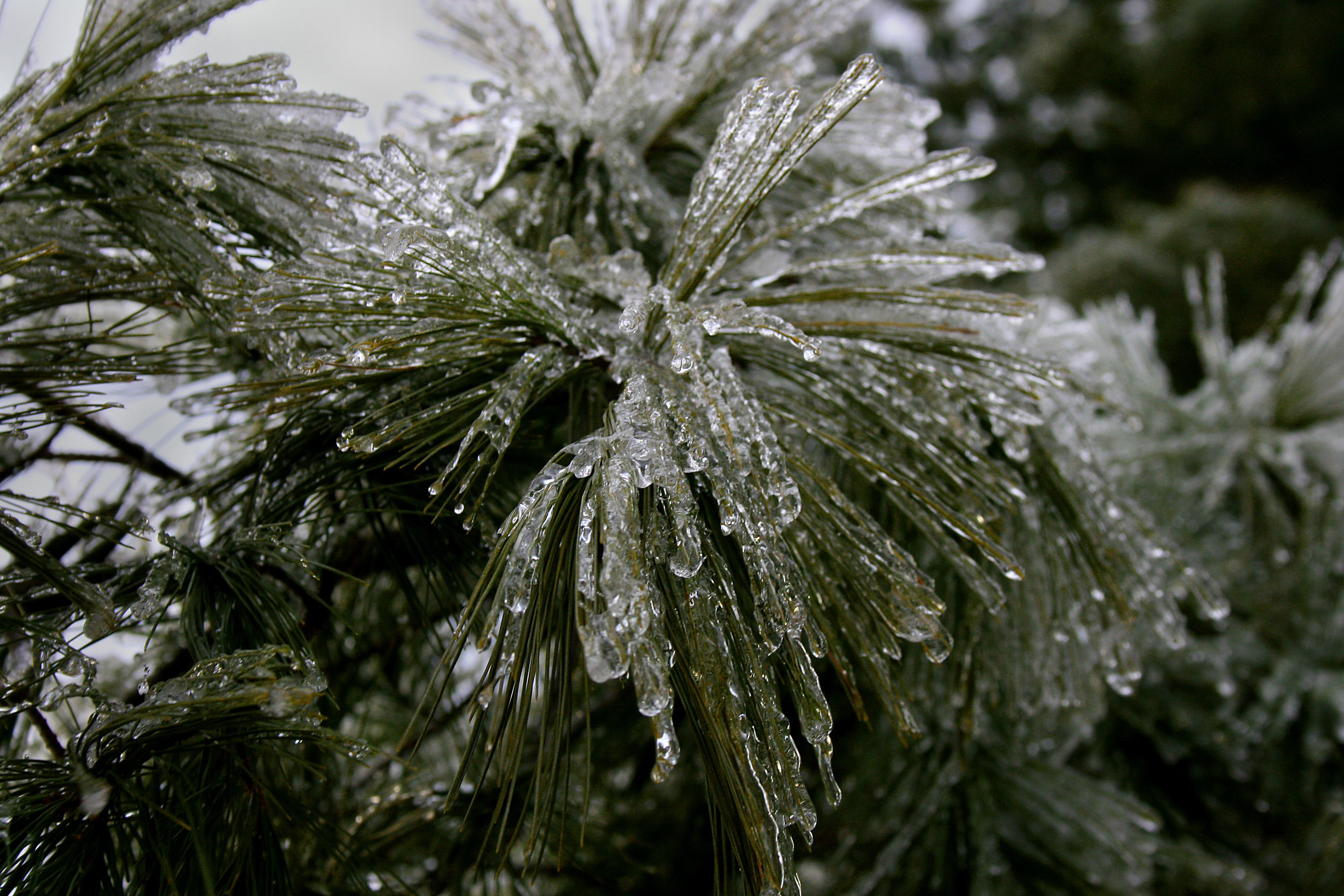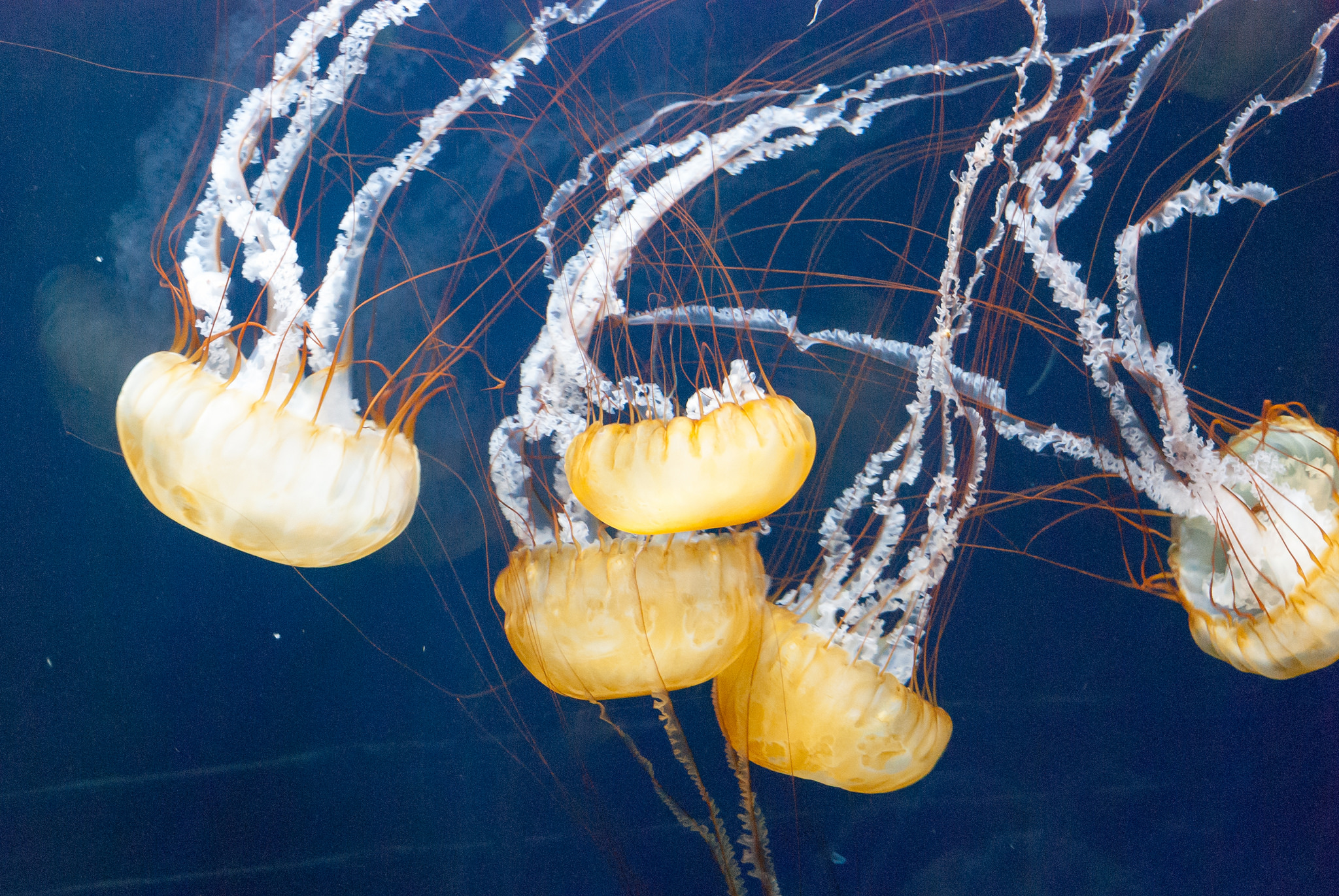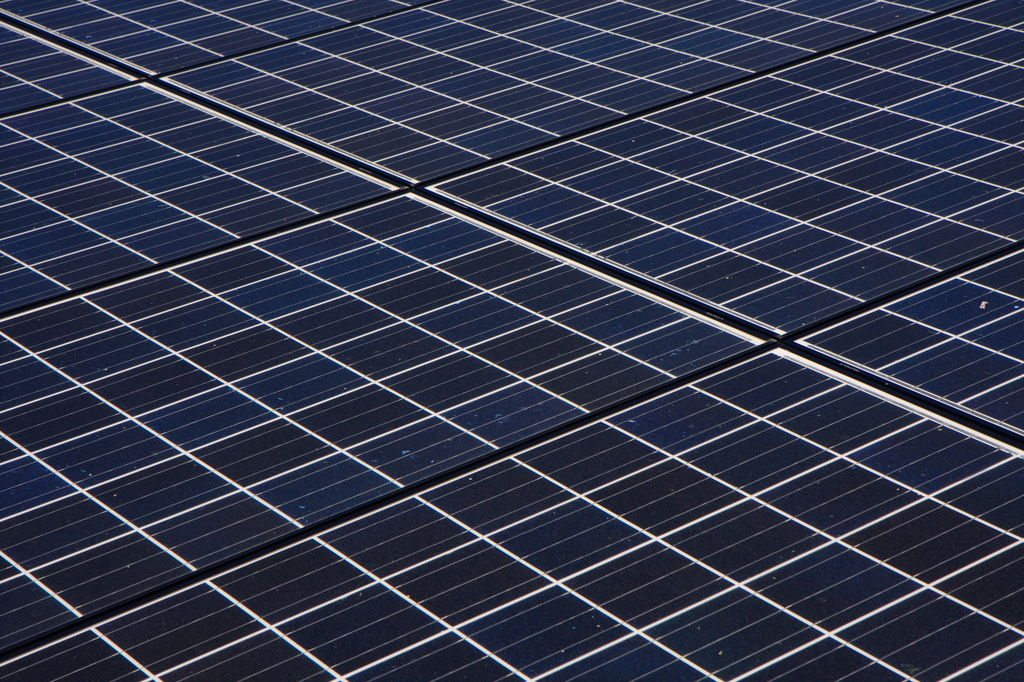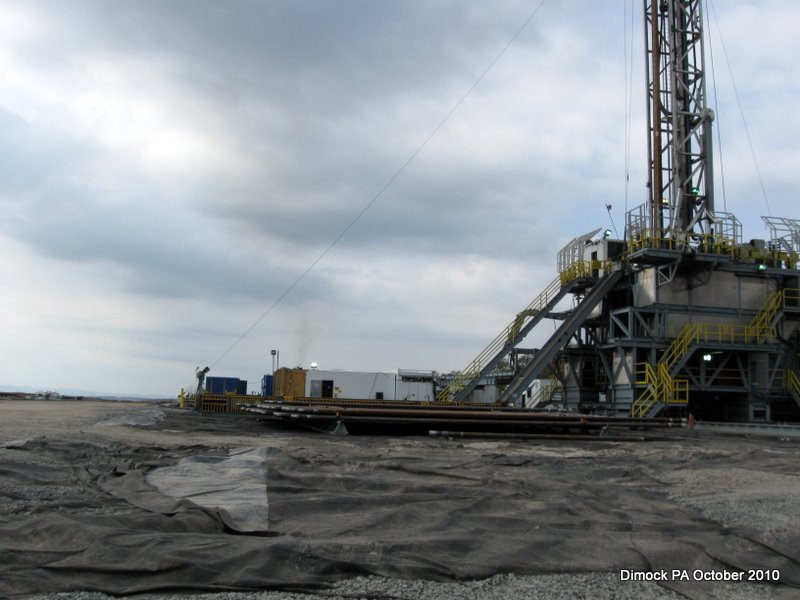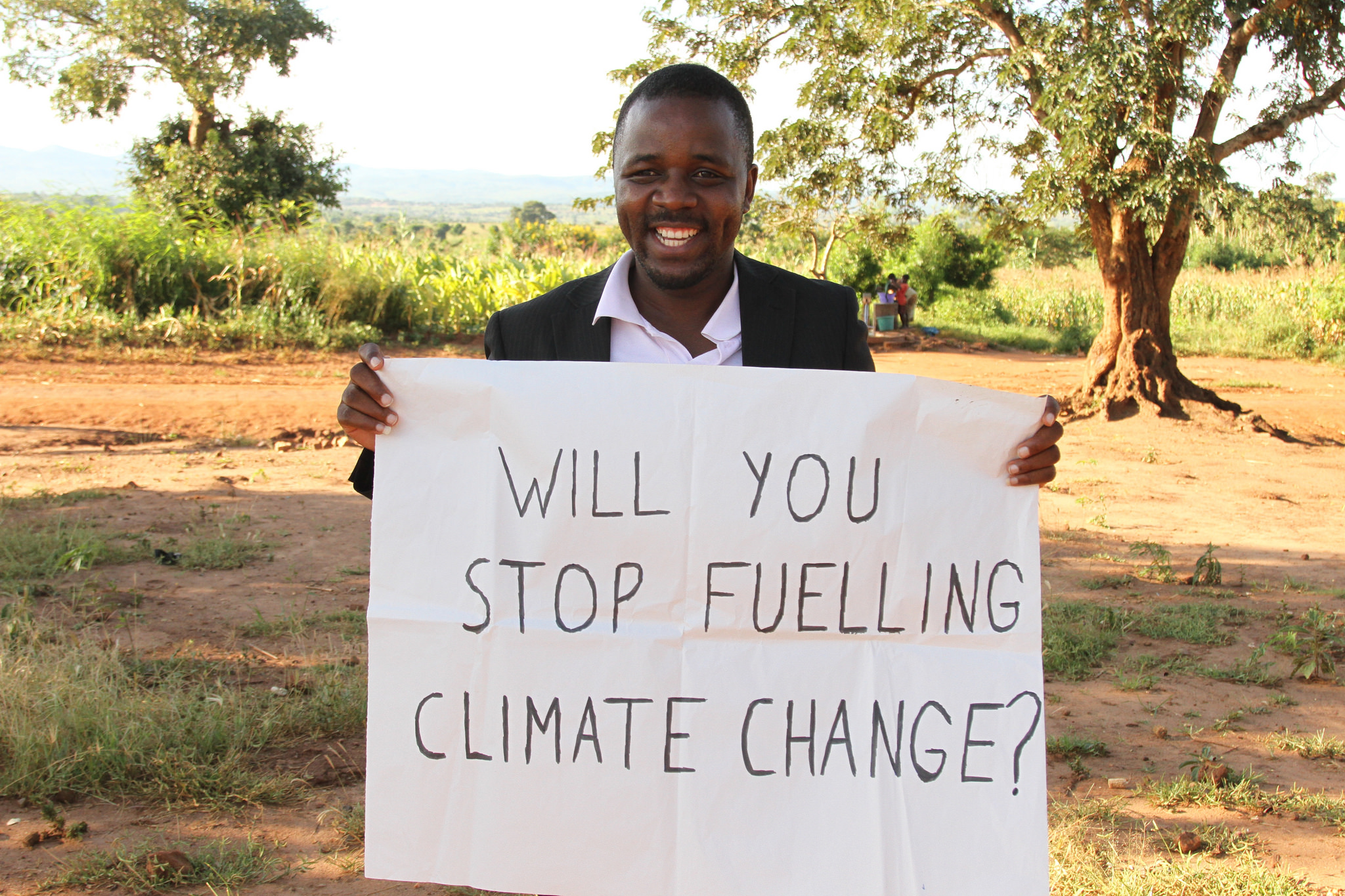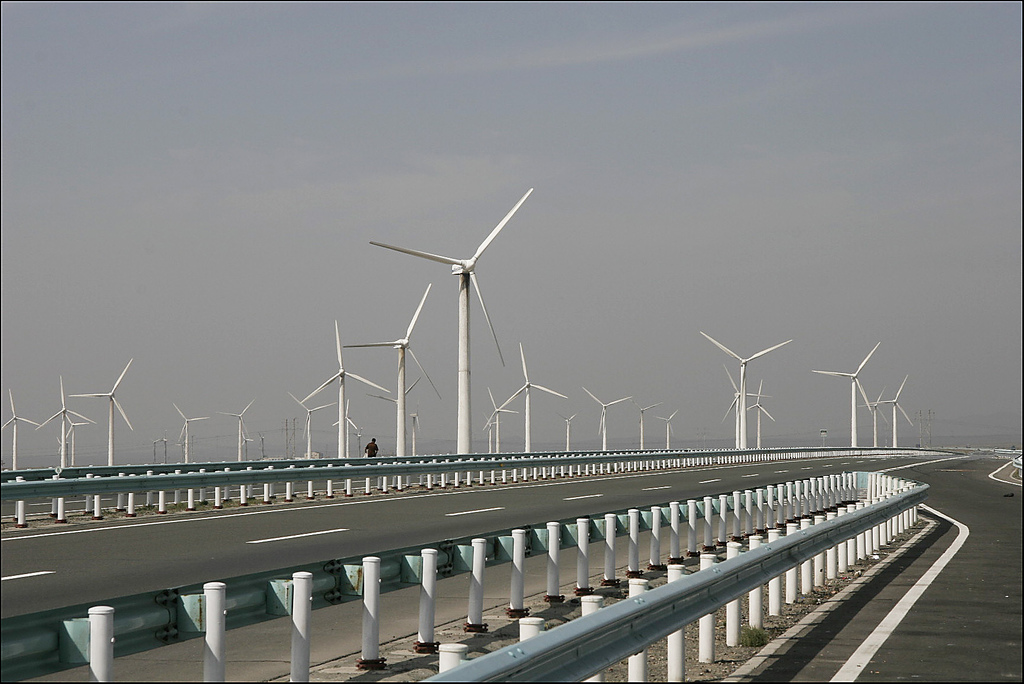Technology
Clean Coal For Real
We have heard the term “clean coal” for years, mostly from politicians and in coal company advertising. The concept sounds good: burn coal but don’t produce carbon dioxide emissions. While there have been various small-scale tests of technologies to accomplish this, it has not actually been a viable option for the power industry.
European Lessons On Food Waste
Americans toss out an almost unbelievable $161 billion worth of food every year. There are numerous efforts underway to address this problem, but they are mostly at the local level or in the business sector. To date, we have no national- or international-level policies that tackle the issue. In this regard, Europe is way ahead of us.
A Soy-Based Air Filter
Particulate matter and toxic chemical pollutants are a pervasive problem in the air people breathe in many places. Poor air quality causes health problems worldwide and is a factor in diseases such as asthma, heart disease and lung disease.
Spider Silk
Spider silk – the protein fiber spun by spiders to make webs, nests, cocoons, and wrapping for prey that they stash away – is a remarkable substance. Its mechanical properties combine high tensile strength and high extensibility or ductility. This allows spider silk to absorb a lot of energy before breaking. It is stronger than steel, but not as strong as Kevlar, for example. On the other hand, it is tougher than either.
Plant Protein On The Rise
The United Nations declared 2016 to be the International Year of Pulses. Pulses, which are also known as grain legumes, are a group of 12 crops that includes dry beans, dry peas, chickpeas and lentils. They are high in protein as well as fiber and various vitamins. Pulse crops are highly sustainable and require much less water than many other food crops. So there is a real effort underway to promote their production as part of improving food security around the world.
Northeast Temperatures
A year ago, nearly 200 countries signed an agreement, known as the Paris Accord, to fight climate change by mitigating greenhouse gas emissions. They each promised to reduce their carbon output as soon as possible, and to do their best to keep global warming well below 2-degrees Celsius (or 3.6 degrees Fahrenheit).
Energy From Jellyfish
Jellyfish are fascinating in appearance but generally are nothing but trouble. Their stings can ruin a tropical vacation but they can cause far more damage than that.
Cheap Wind And Solar Power
Multiple studies are now reporting that wind and solar power are the cheapest way to make electricity in a growing number of places around the world. A thorough analysis of the levelized cost of energy – which considers every cost component from capital expenditures to operating and maintenance costs over a lifetime – shows that solar and wind power are winning the day.
Clean Power Is Cheap Power
There are many good reasons why we should be making the transition from fossil fuel energy sources but the one that is likely to be the most persuasive is strictly economic. It has long been said that the renewable energy future will truly arrive when installing new solar panels is cheaper than a comparable investment in coal, natural gas, or other options.
Storing Energy In An Old Mine
An abandoned, centuries-old iron mine in the Adirondacks about 100 miles north of Albany, New York may become the site of a new hydroelectric energy storage system. The mine in the tiny hamlet of Mineville near Moriah, New York contributed iron for the first naval battle of the Revolutionary War that took place on Lake Champlain. The mine hasn’t been used in over 45 years.
Wind Farms And Ordinary Farms
Farmers in many places have found additional sources of income by allowing wind turbines to be built on their land. One example is the Amazon Wind Farm, which is a massive project of over 100 turbines near Elizabeth City, North Carolina. The 494-foot tall turbine towers scattered over 34 square miles are rising up above farms that grow corn, wheat and soybeans. It is the first utility-scale wind farm in the Southeast.
More Renewables On Campus
We recently talked about the increasing efforts by colleges and universities to embrace sustainability with the use of renewable energy sources. Those efforts are increasing in many places.
Climate Engineering
With the forthcoming administration change, it appears that the federal government is likely to start backing away from tackling climate change and may even be obstructive towards efforts to mitigate the growing problem of greenhouse gas emissions.
Giant Wind Turbines
Wind turbines have been getting bigger and bigger over the years. The reason is that bigger blades produce more power and give much more bang for the buck. A big part of the plummeting price of wind power is the increasing amount of power produced by each turbine.
Fracking And Earthquakes
Hydraulic fracturing, or fracking, is the process in which water, chemicals and sand are injected at high pressure to split apart rock thousands of feet below Earth’s surface and release oil or natural gas. And it’s a controversial practice.
Solar Power And African Food Security
Some of the poorest countries in the world are unfortunately among the most vulnerable to the effects of climate change. Malawi, for example, has 90% of its population in rural areas and 80% of its labor force is associated with agriculture.
China As Climate Leader
China and the United States today produce nearly half of the world’s carbon emissions, so the fight against global climate change depends greatly upon what actions the two countries take. China has undergone a dramatic transformation over the past twenty years from a largely rural society to one that is far more urbanized and far more energy intensive. In 1997, when the Kyoto Protocol on climate was negotiated, China was only responsible for 14% of global CO2 emissions. It then surpassed the US on that front in less than 10 years and now accounts for nearly 30% of the world’s emissions.






